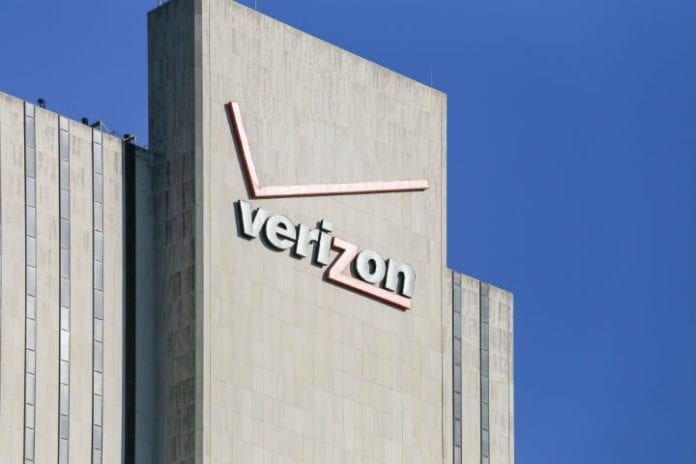Unlike AT&T, Verizon is not predicting a bump in capital expenditures this year based on savings generated by tax reform legislation. AT&T is expected to increase capex almost 5% this year, but Verizon, which is known for its steady and predictable spending patterns, is not projecting any changes to its 2018 capital expense budget, estimated at roughly $17 billion. (More on Verizon’s network investment plan.)
Verizon’s current focus is efficiency when it comes to spending. The carrier is in the process of converging many of its wireless and wireline operations and is now looking at fiber as an investment that supports both networks. Verizon wants to use the same fiber it is deploying to support its small cell networks to bring high-speed broadband to enterprises and municipalities.
Operating expenses are also being streamlined as Verizon brings these two parts of its business together. Efforts to find synergies between wireless and wireline operations have led to job cuts as well as new roles and responsibilities for employees.
Impact of tax reform
The tax reform legislation recently signed by President Trump will enable Verizon to write off its capital investments more quickly, meaning that the company can show less taxable income and pay lower taxes. Verizon can use the extra cash to support its dividend, which eats up more than three quarters of its annual income.
Verizon has said in the past that it wants to fund its dividend largely through cost cuts, and that it wants to trim costs by $10 billion over the next four years. Those savings are expected to come partly from capex savings.
Tax reform also gives Verizon a lower income tax rate. The new 21% corporate tax rate is reducing Verizon’s deferred tax liabilities by $16.8 billion, and the company has said it will show that as a one-time gain in its fourth-quarter earnings report. When the company releases its earnings January 23, it’s expected to report the tax savings as a non-cash gain. The lower tax rate should also increase Verizon’s actual cash flow in the months ahead as the company’s quarterly tax payments decline relative to income.

